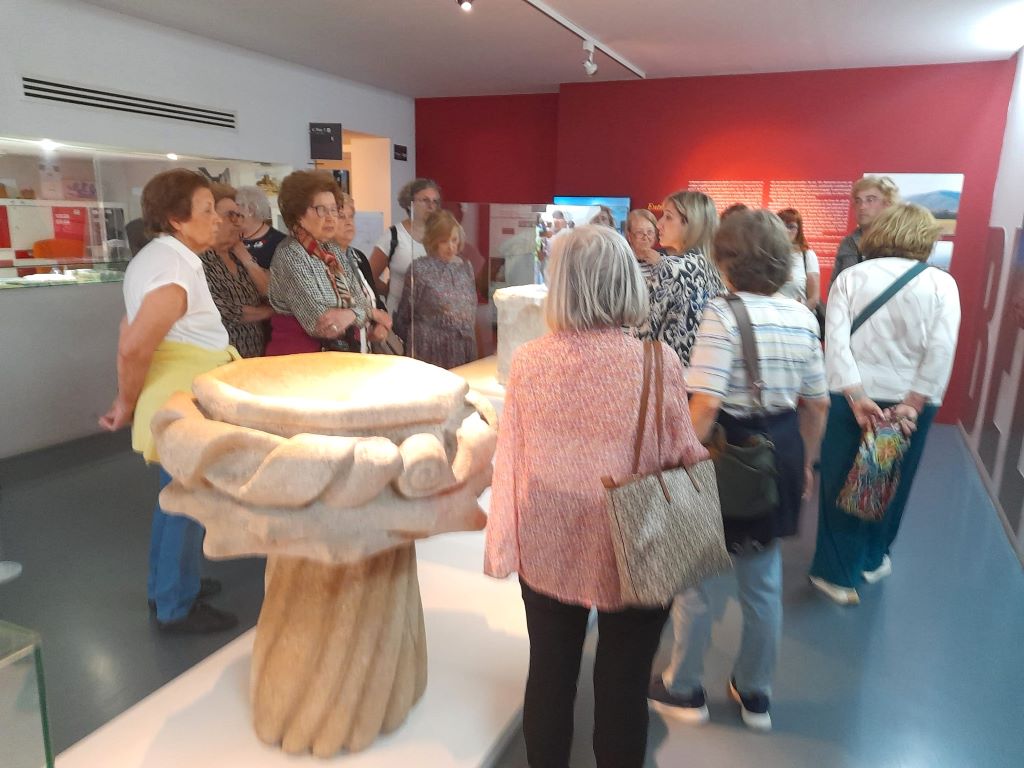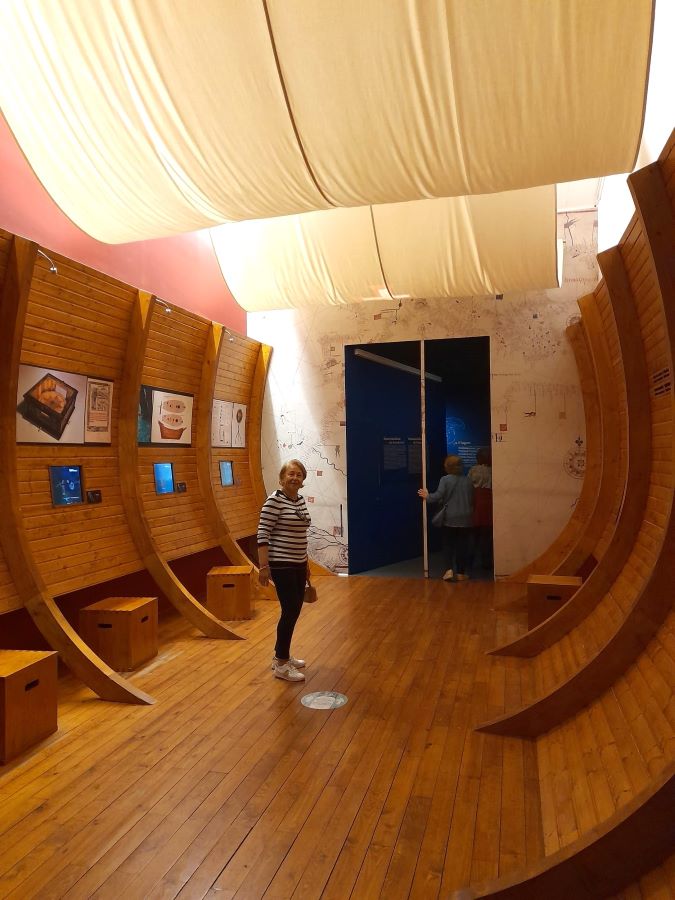Between 23 and 25 May, we went on a cultural trip to the Serra da Gardunha. On the first day, after lunch at the restaurant in São Miguel de Acha, we went on to visit Idanha-a-Velha, passing through Proença-a-Velha, where we visited the Mother Church. It is one of the main archaeological sites and has been part of the “12 Historic Villages of Portugal” since 1991.

We continued on to the village of Alpedrinha, also known as “Sintra da Beira” for its natural beauty, located on the southern slopes of the Gardunha mountain range, where the medieval streets are characterised by many stately homes, several fountains and the Picadeiro Palace from the late 18th century. Continuing our tour of the village, we passed the House of the Caldeiras and the House of the Cardinal.
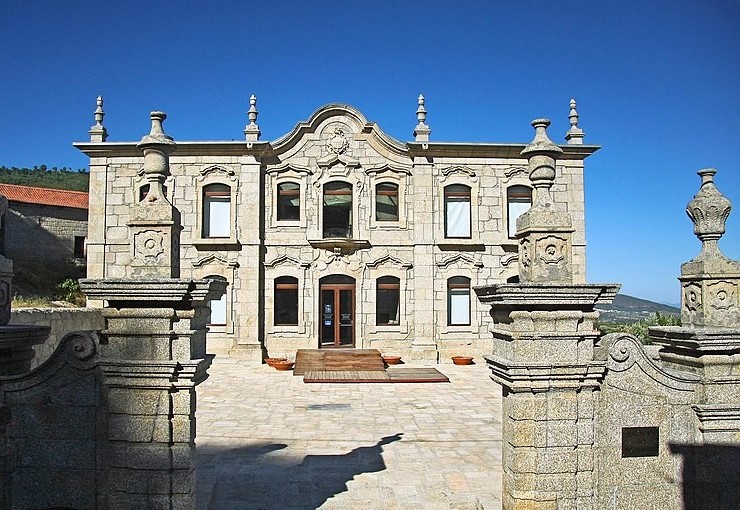
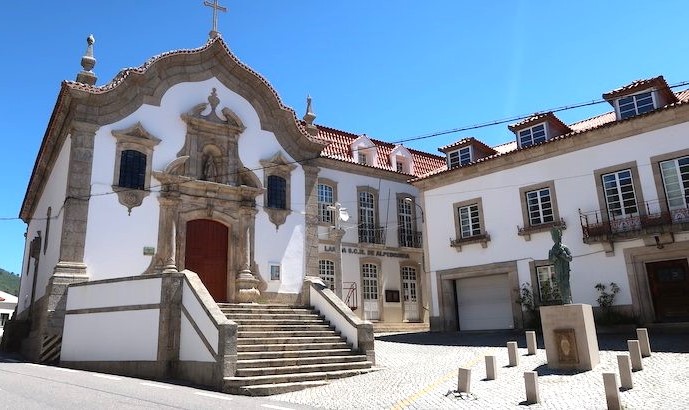
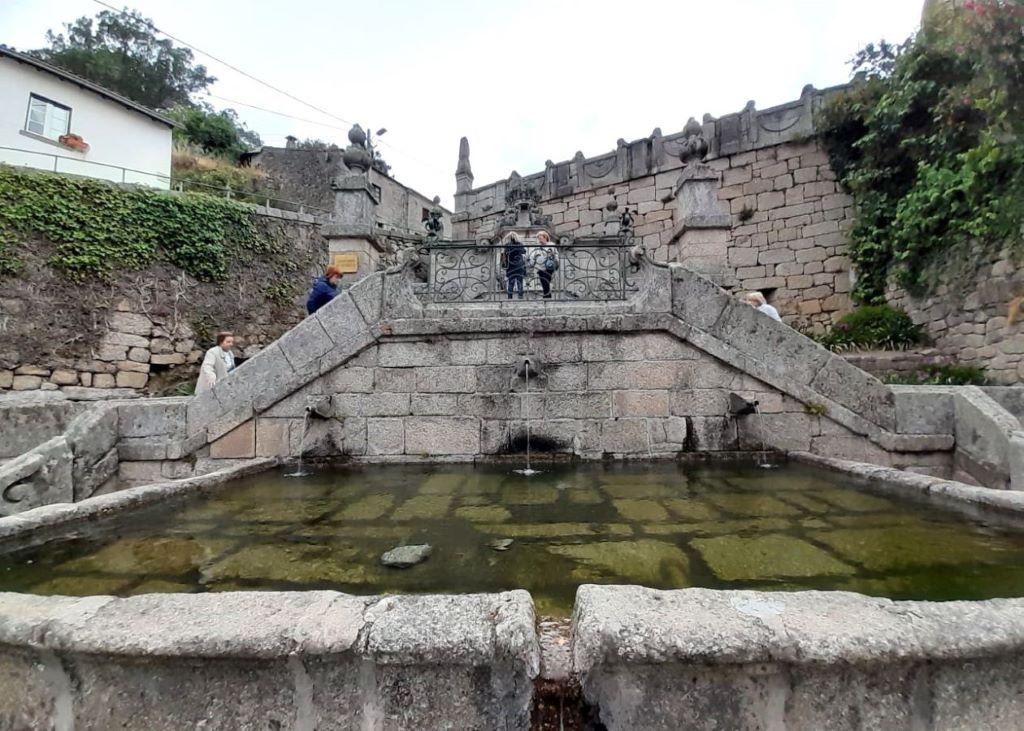
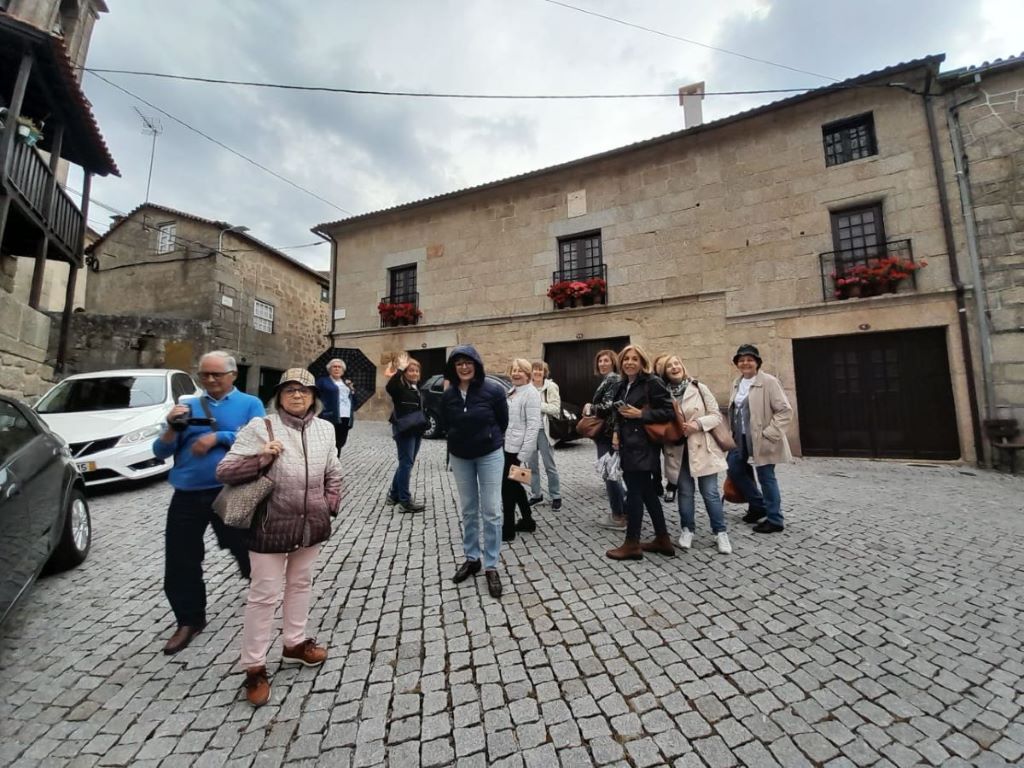
We continue on to the village of Monsanto, between colossal blocks of granite, where the people built their houses in an extraordinary balance with the natural environment. Known as “Portugal’s most Portuguese village”, it was awarded the Silver Rooster, a replica of which can be found at the top of its Bell Tower or Lucano Tower.
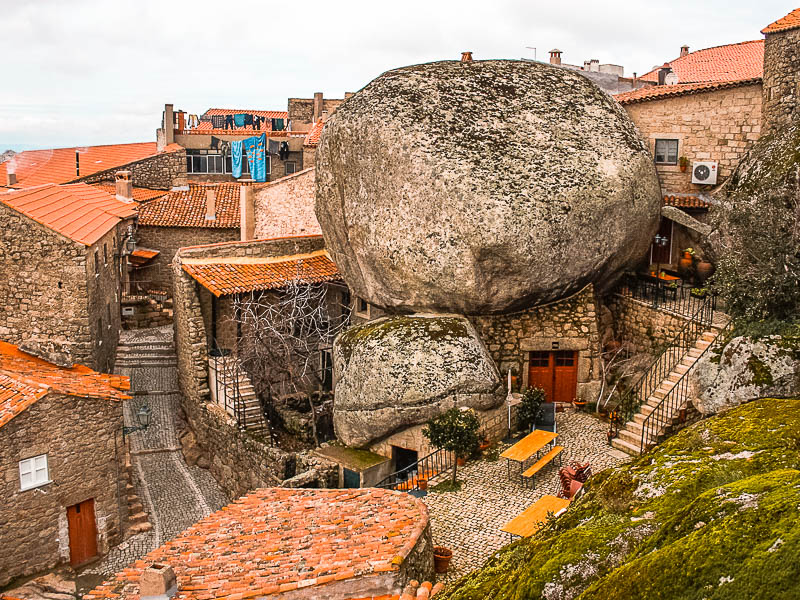
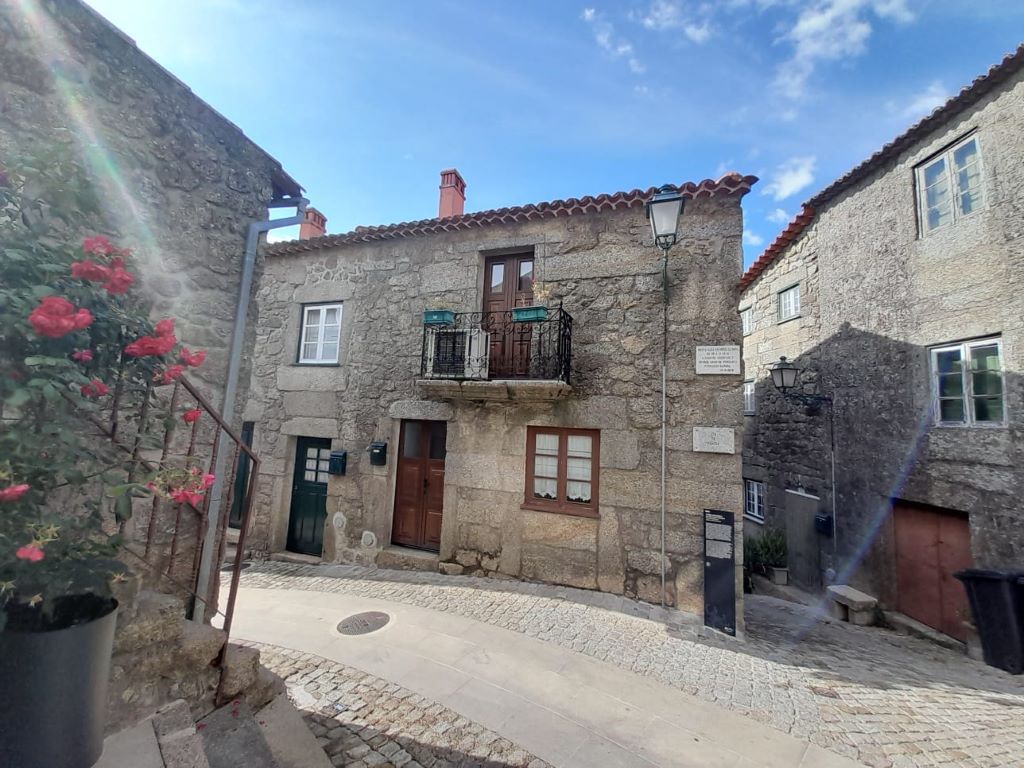
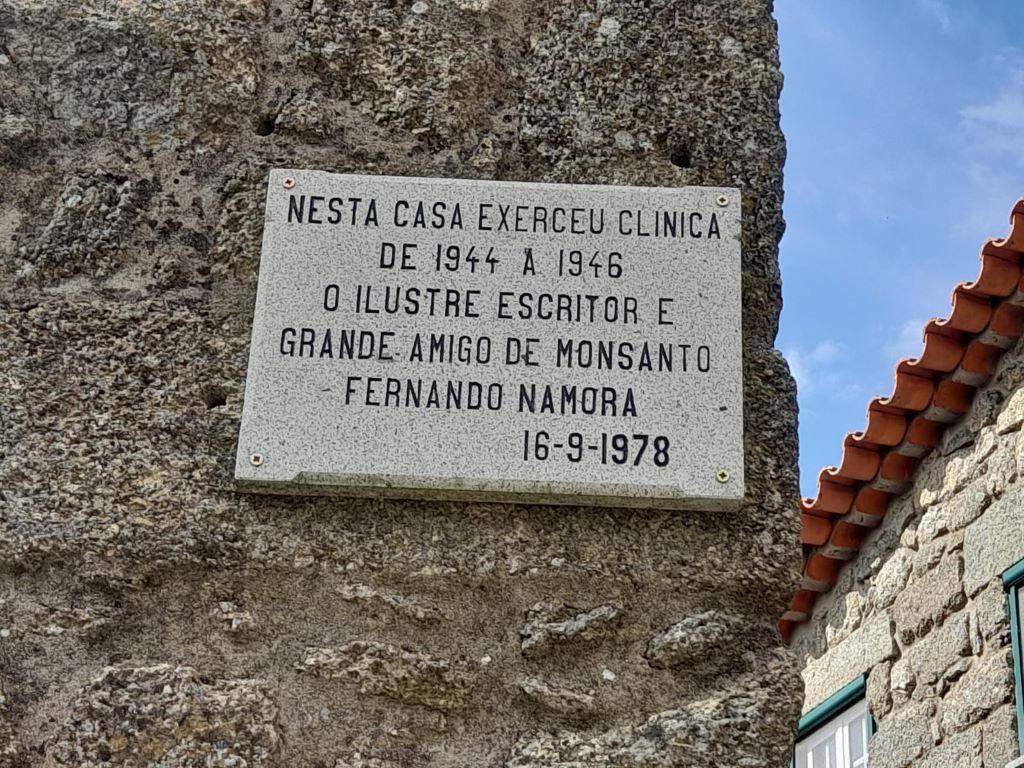
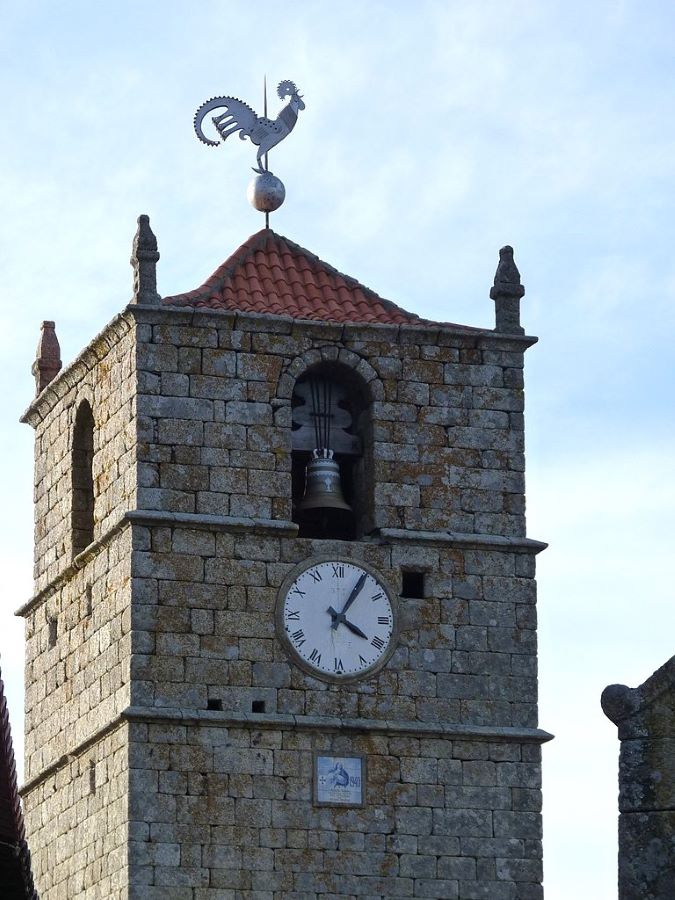
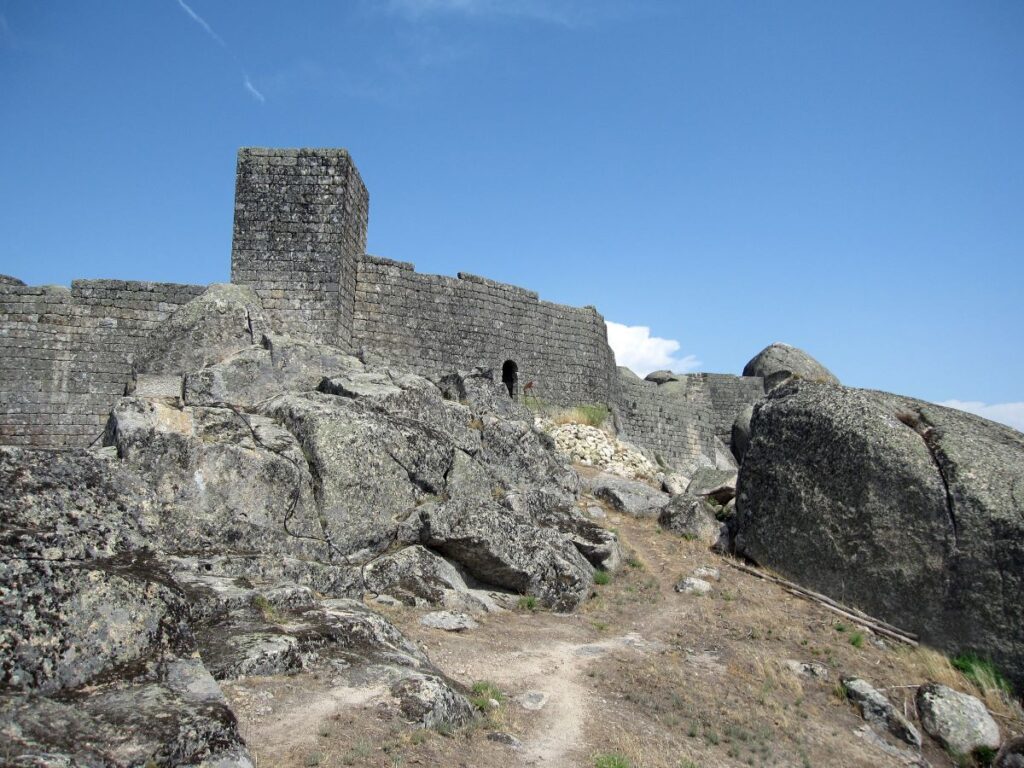
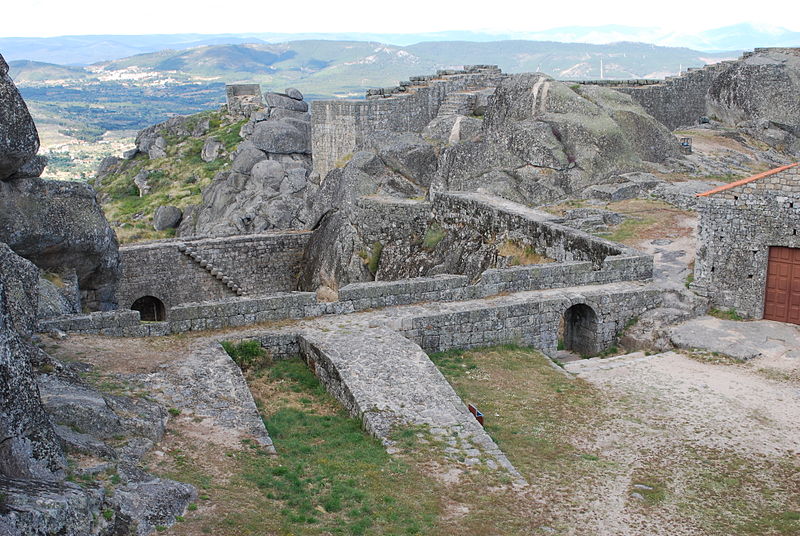
We ended the day’s visits in Fundão, where our hotel was located. In the evening, there was a very lively social dinner. On the 2nd day we went to Sortelha, one of the most beautiful and oldest Portuguese towns, which has kept its urban and architectural physiognomy unchanged since the Renaissance until today.
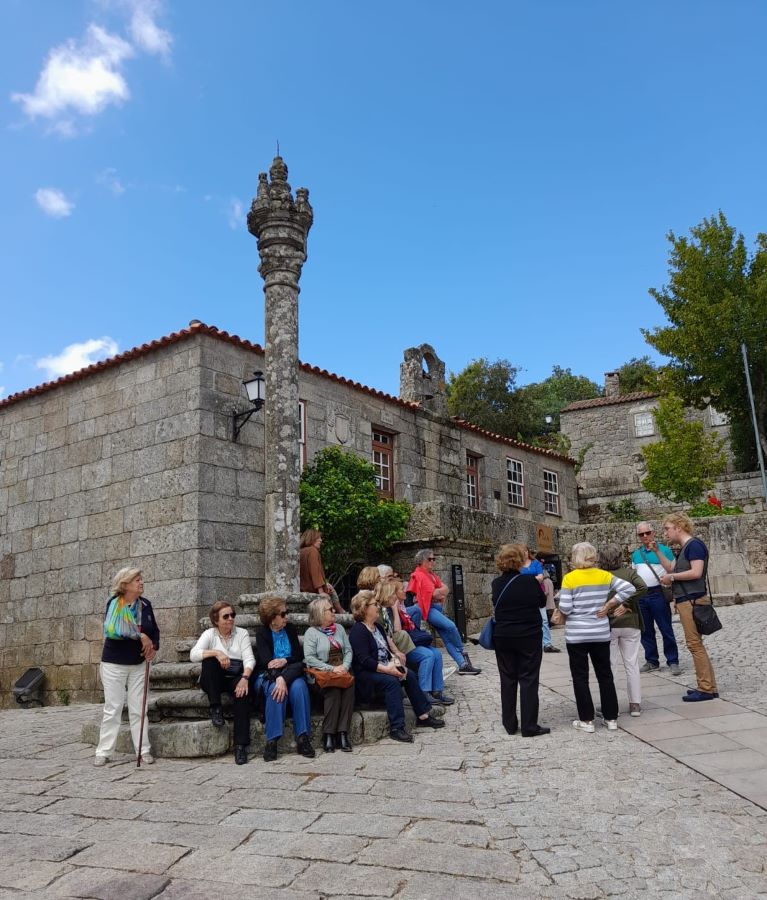
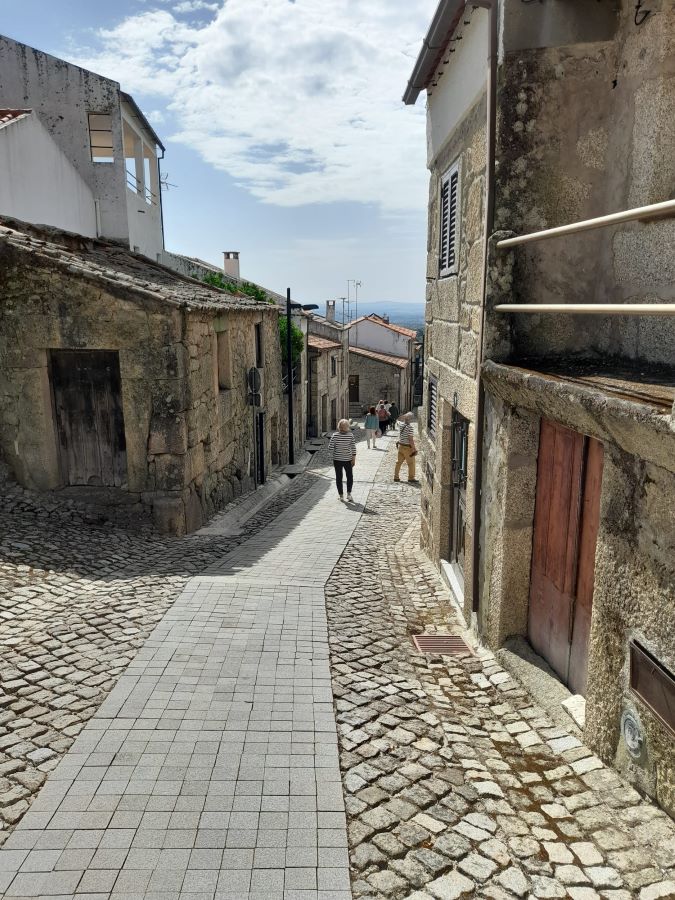
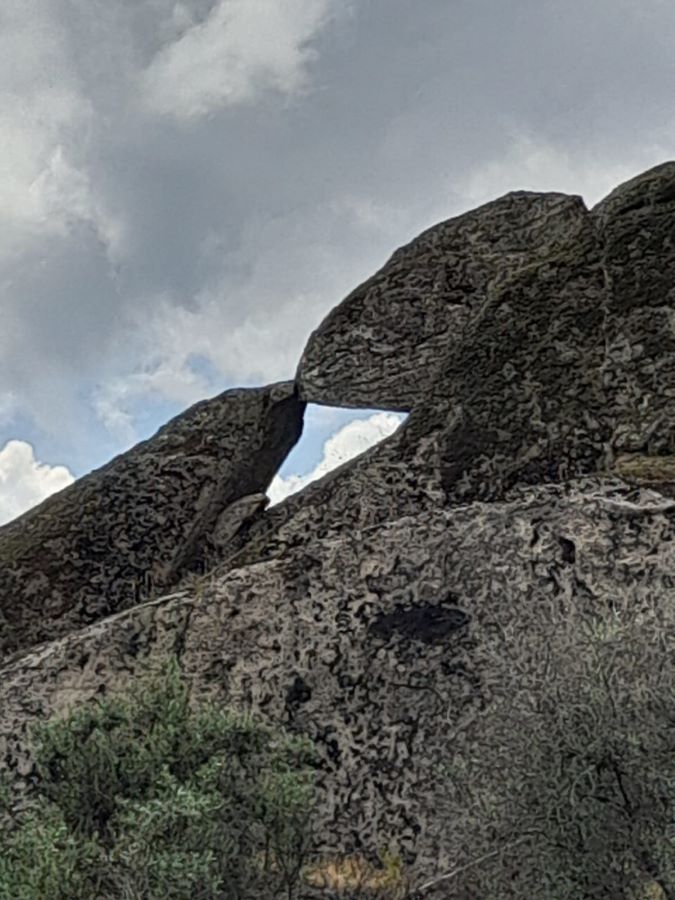
Next we went to Castelo Novo, a village situated in the heart of the Gardunha mountain range, in a natural amphitheatre landscape.
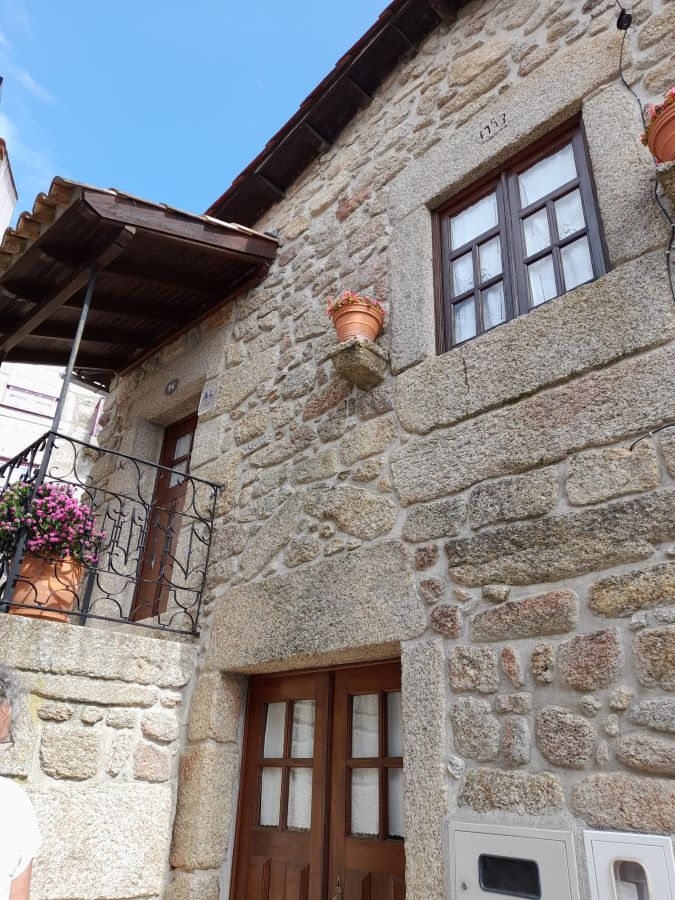
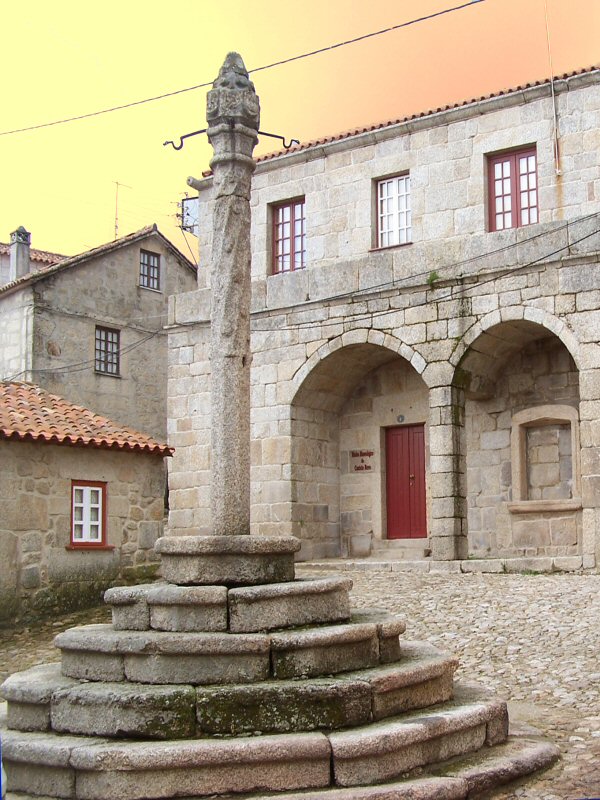
After lunch at a restaurant in Covilhã, we headed to the Peraboa mountains and visited Quinta do Limite, where we were allowed to pick and eat cherries.
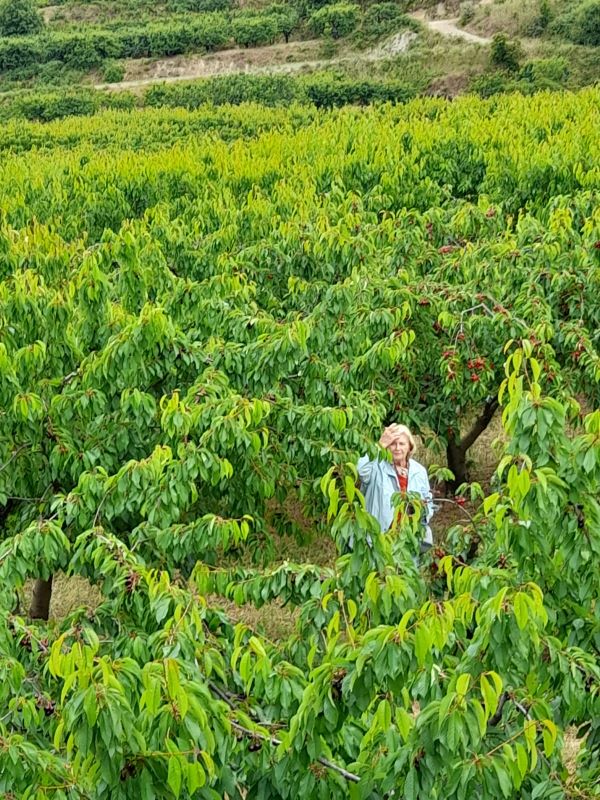
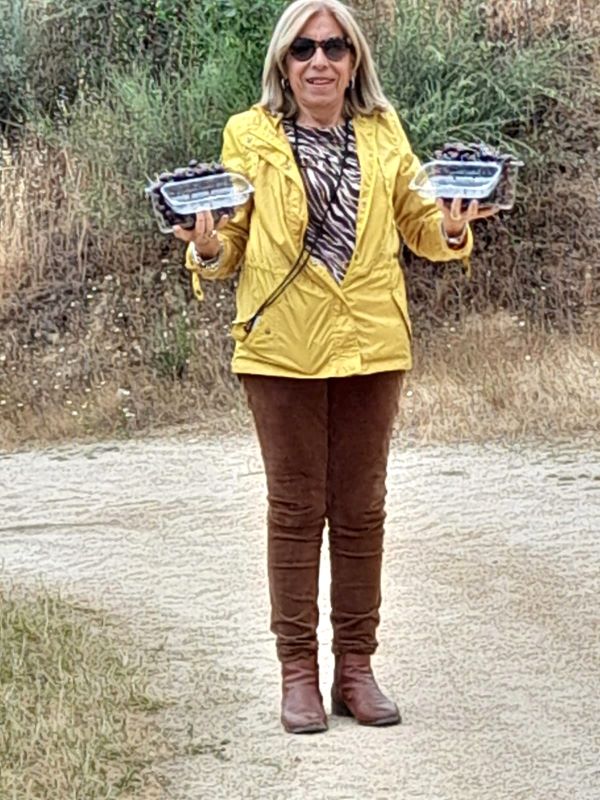
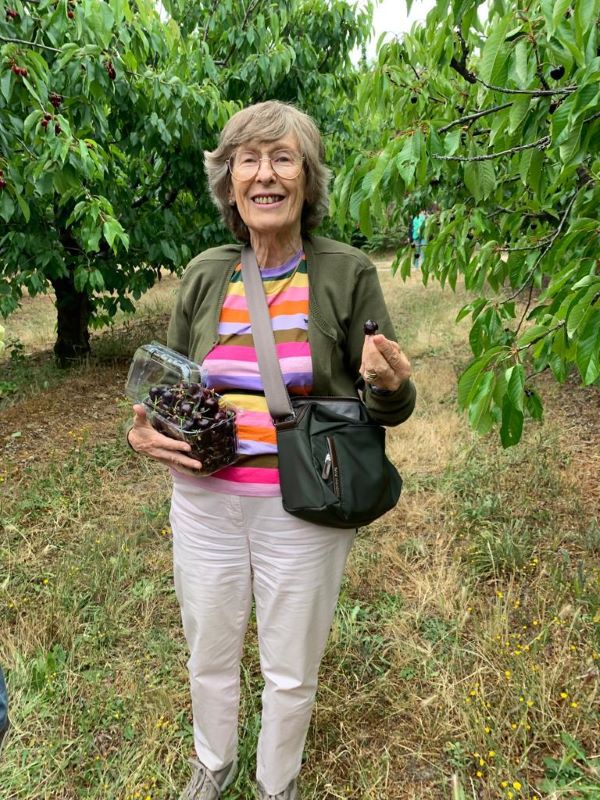
We also visited the interesting Peraboa Cheese Museum, where we saw the process of making one of the best cheeses in the world.
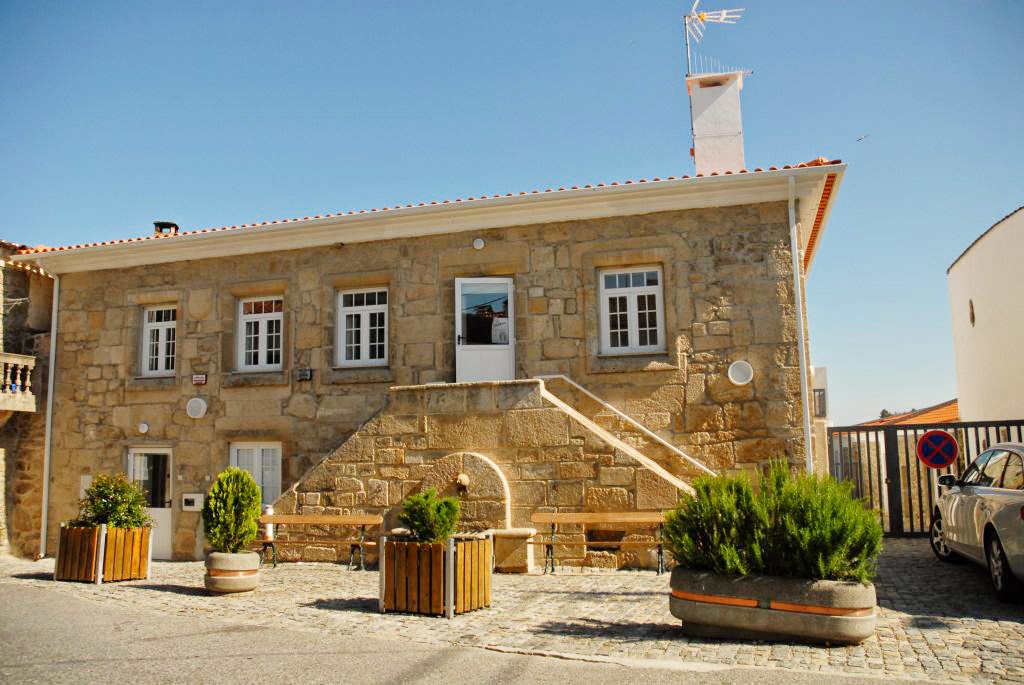
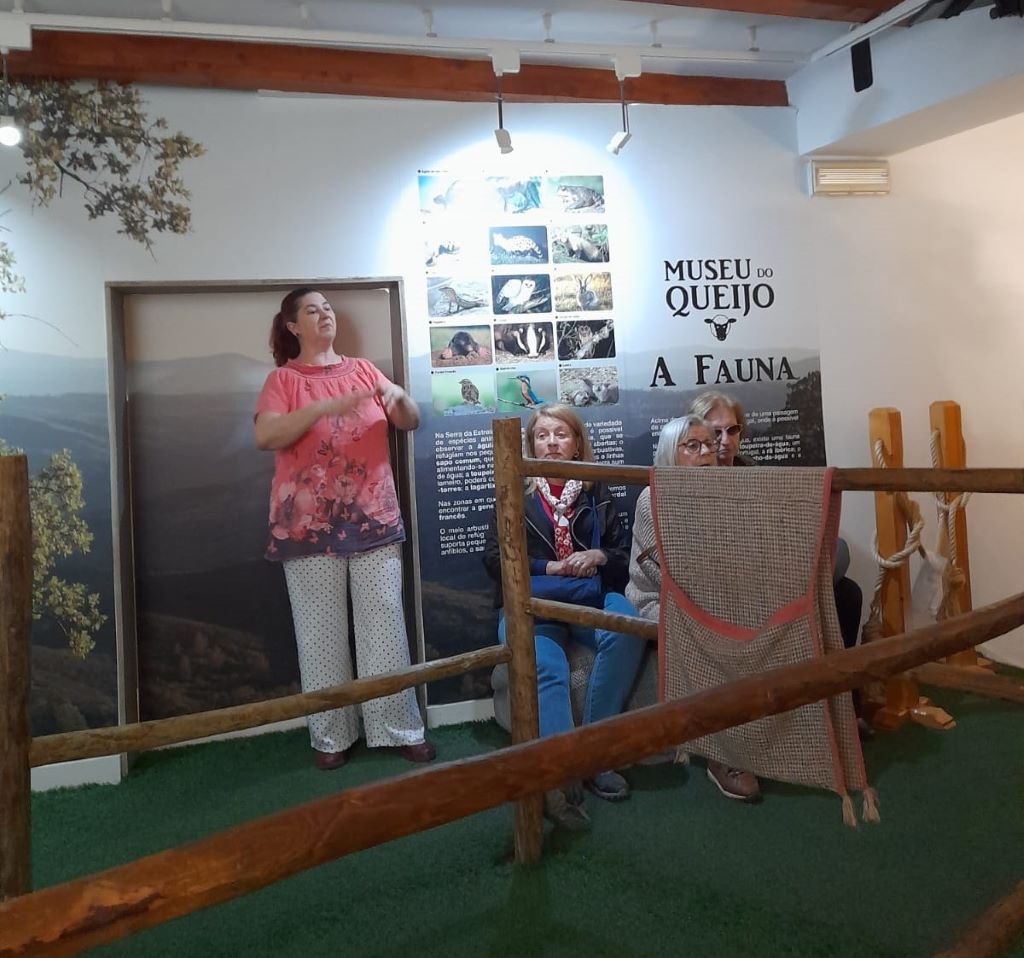
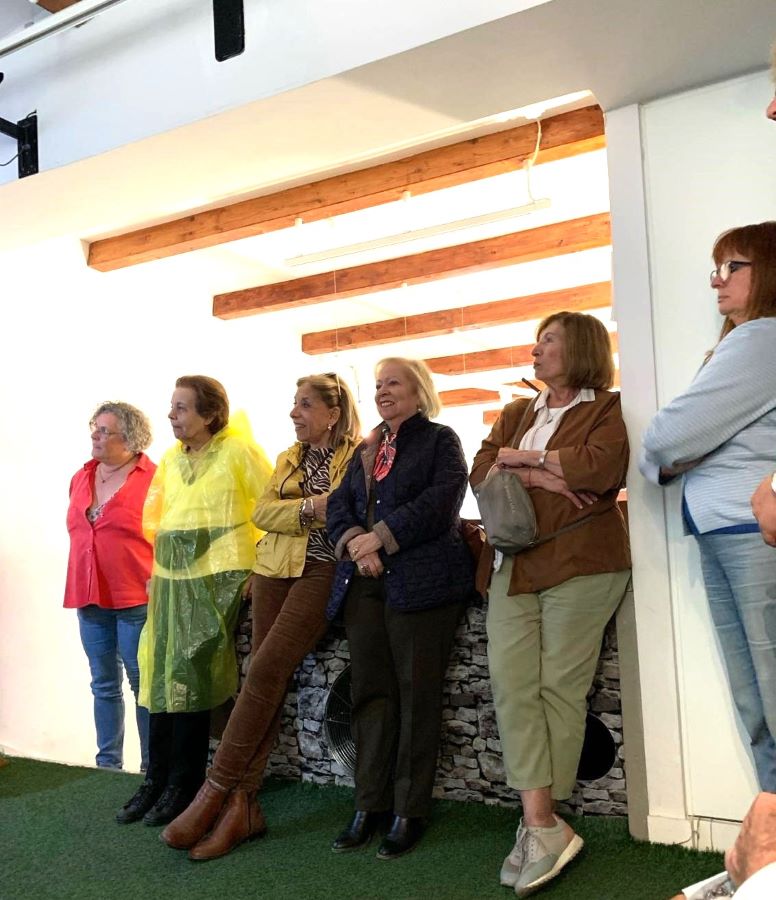
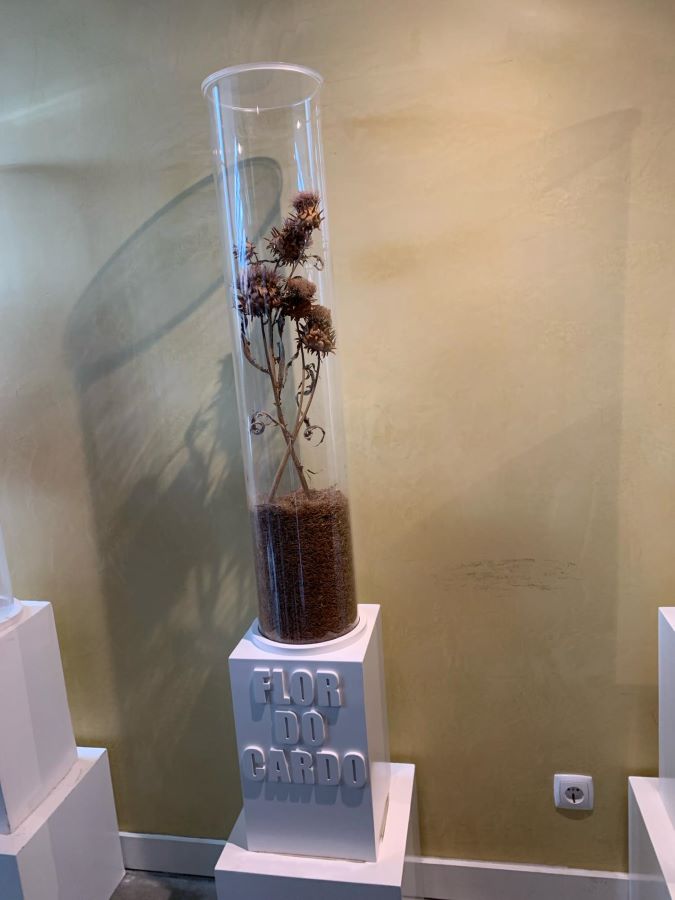
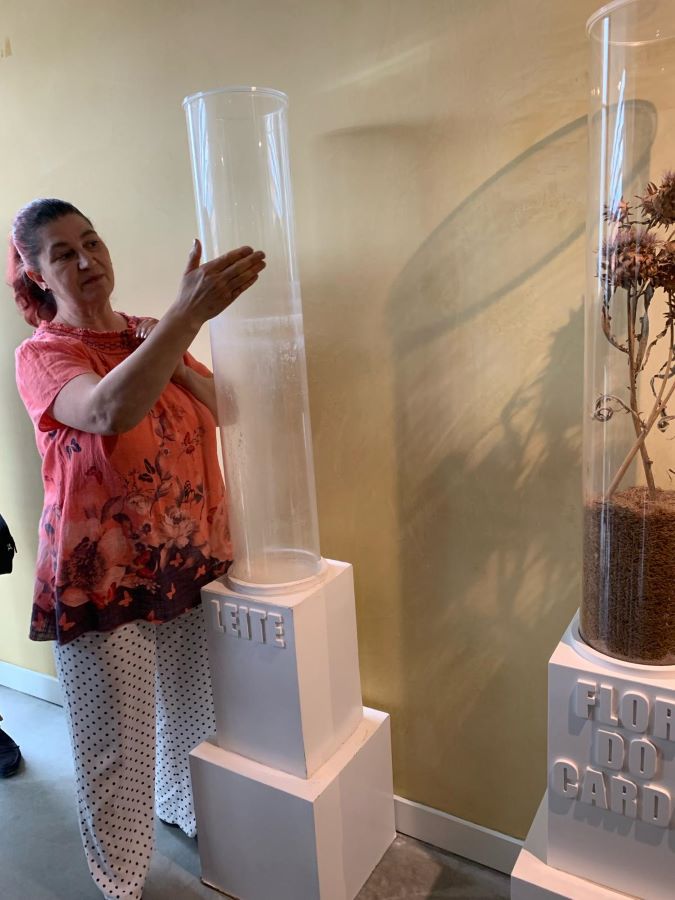
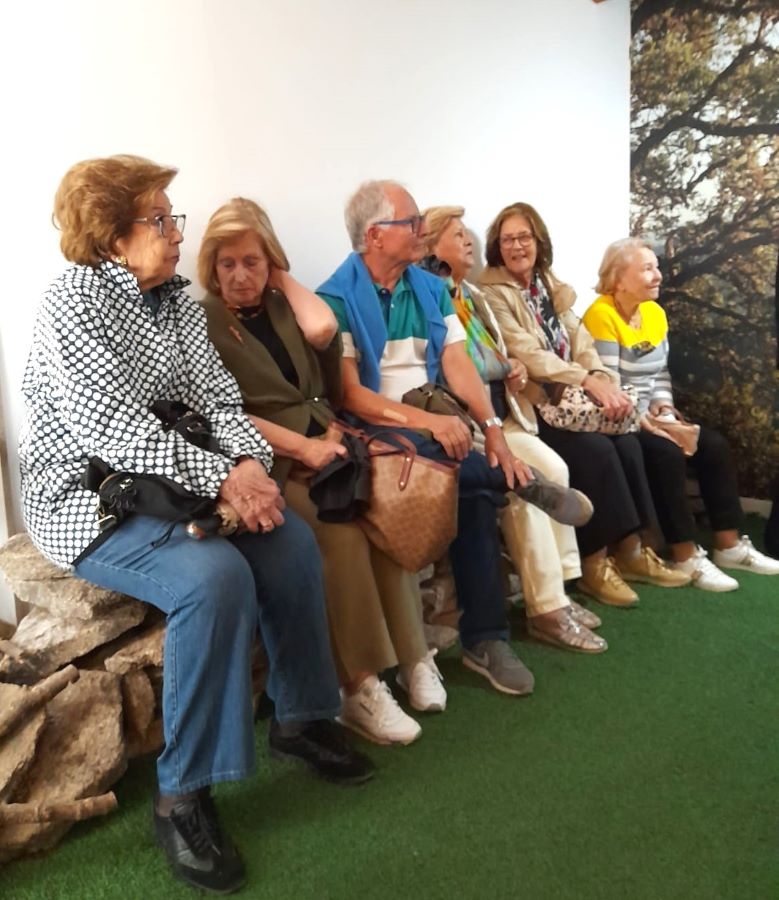
On the 3rd and last day we went to Belmonte. This is the town where Pedro Álvares Cabral was born. It is located in the heart of Cova da Beira and has a wide view of the eastern slopes of the Serra da Estrela. Tradition has it that the name Belmonte comes from the place where the town rises.
Its name seems to derive from the Latin belli-monte meaning “mountains of war”, possibly alluding to the warlike clashes of the Roman occupation. Belmonte and neighbouring Covilhã, although located in the interior of Portugal, are linked like few other Portuguese regions to the Portuguese maritime discoveries. Among the curiosities that permeate the town’s history is the fact that the discoverer of Brazil in the 15th century, the navigator Pedro Álvares Cabral, was born here.
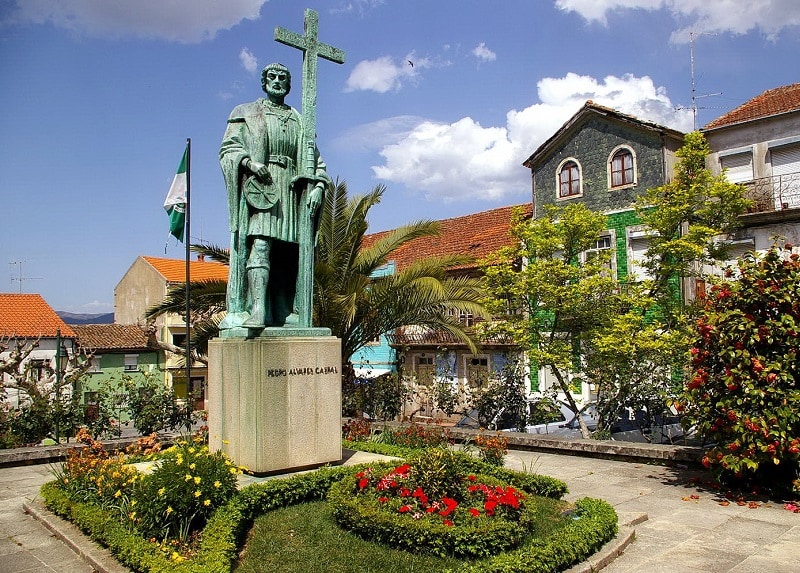
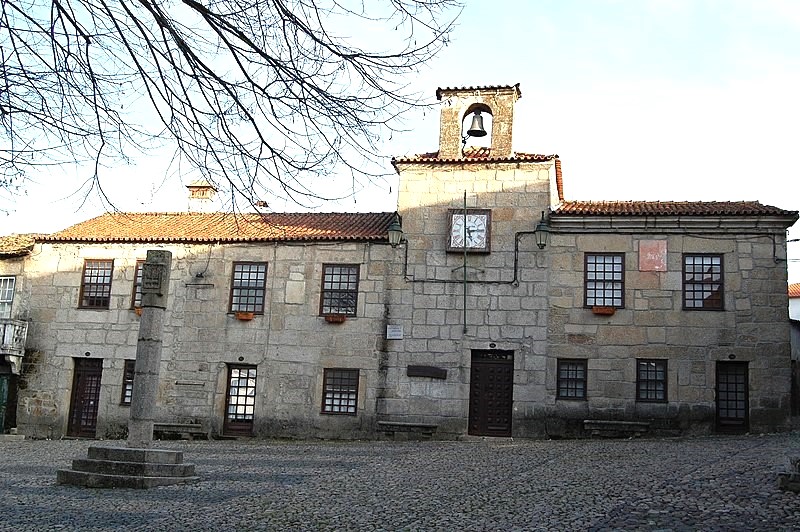
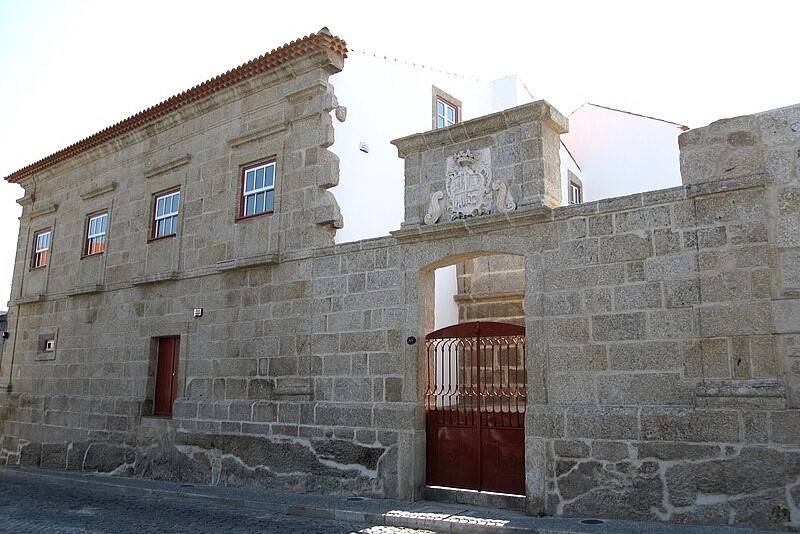
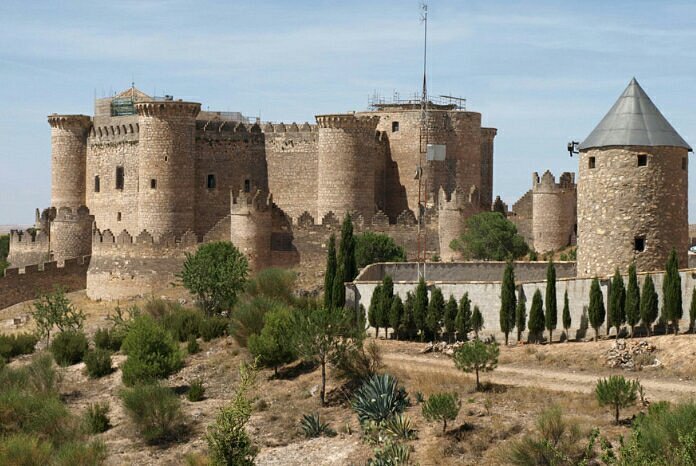
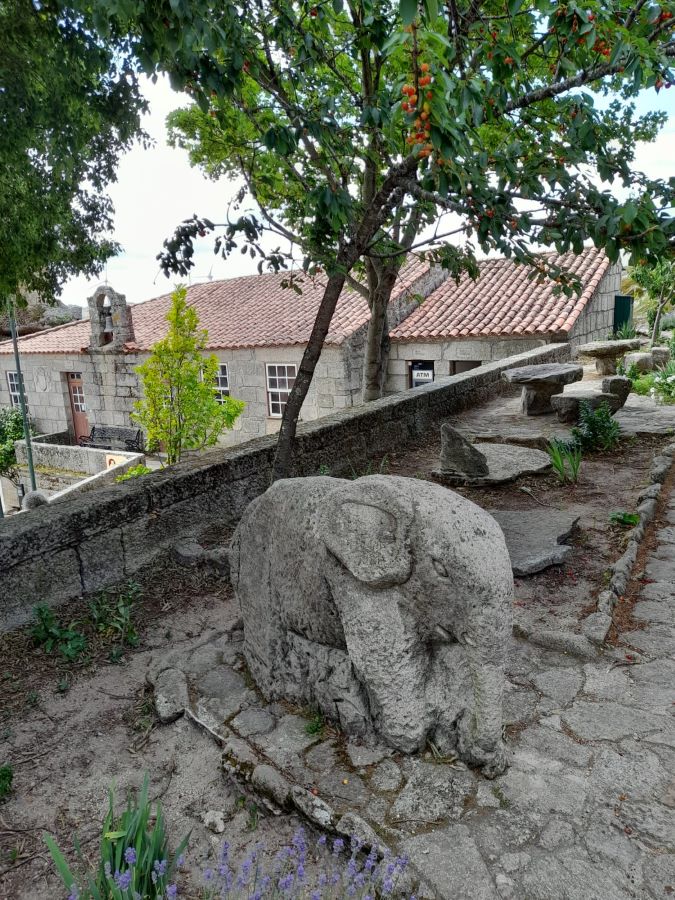
In Belmonte, we visited the Museum of the Discovery of the New World and the Olive Oil Museum. The Discoveries Museum is housed in a historic building, the Cabrais Manor House, which originally belonged to the family of Pedro Álvares Cabral. The exhibition covers the history of the Portuguese discoveries as a unifying element of the New World. It is an interactive museum that takes visitors through 500 years of history of the construction of a country and its nature.
